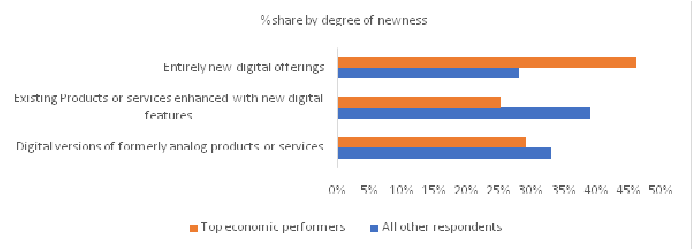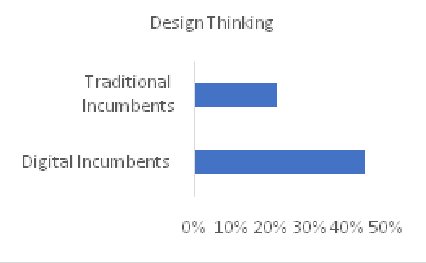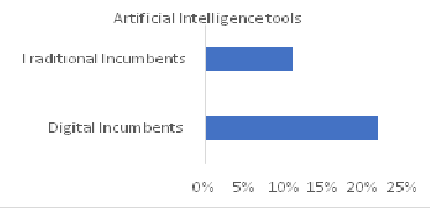Important links:
Copyright © 2020-2025 TuringPod. All rights reserved.
Designed and developed by: Hridayjit Kalita
Digital presence for any organisation is of paramount importance in today’s world. With that in vision, it is also necessary to expect unforeseen circumstances that could impact financial standing, reputation and assets. This is the precise time at which crisis management becomes vital in order to mitigate the risks and sail over the bad times. Examples of crises can be:
- Natural Disasters
- Cyber attacks
- Financial crimes or distress
- Technological or industrial threats
- Supply chain failure
- Product safety or recall
- Environmental
The above mentioned are some of the most common crises that we encounter in organisational parlance. However, what if a crisis arise whose frequency is once in a century type. Are organisations prepared to handle such crises? Or what are the steps or structural changes which must be inserted into the strategy for proper handling?
Right now the world is in the midst of a pandemic with a deadly virus viz., COVID-19. The name implies “Corona Virus Disease-19” The 19 indicates the year in which it begun i.e., 2019. Even though no one can actually predict with 100% accuracy how certain things will turn up, we can look at some of the ways to reinvigorate the “Digital Strategy” in order to cope up with it.
Being Bold in the approach
Every company knows how to pilot new digital initiatives in “normal” times, but very few do so at the scale and speed suddenly required by the COVID-19 crisis. That’s because in normal times, the customer and market penalties for widespread “test and learn” can seem too high, and the organizational obstacles too steep. Usually customers are slow to adjust to the new ways of doing things and the organizational culture suffers from inertia. It slows down the pace of agility and collaboration. However research suggests that organisations which adopts digital technology early and at scale, along with heavy allocation of resources correlate highly with value creation.



Organizations that are able to leverage things like Design thinking into their new offerings during the crisis will see a significant first mover advantage.
In the immediate term, for example, most organizations are looking for virtual replacements for their previously physical offerings. The new offerings might need to evolve new partnerships or the need to access new platforms and digital marketplaces. This will require organisations to come out of the comfort zones. This will require investment in time and human resource. Design thinking, which involves using systemic reasoning and intuition to address complex problems and explore ideal future states, will be crucial. A design-centric approach focuses first and foremost on end users or customers. But it also helps make real-time sense of how suppliers, channel partners, and competitors are responding to the crisis, and how the ecosystem that includes them all is gearing up and preparing itself for next emerging crisis.
Reinventing Business Model at its core
Even though the resources are necessarily limited, the experience of leading companies suggests that focusing on areas that touch more of the core of business will give the best chance of success, in both the near and the longer term, than will making minor improvements to noncore areas. In particular, organizations rapidly adopting AI tools and algorithms, as well as design thinking, and using those to redefine their business at scale have been outperforming their peers. There might be variations in industry outcomes, however, few themes will be universal and adoption of these important themes will pave a way to more resilient future.
Supply chain transparency and flexibility: Organisations (or mainly retailers) with full supply chain transparency and with fully equipped algorithms to detect purchase pattern changes have done better job navigating during the crisis.
Data Security: It is one of the most important parameters (if not the most important) to enable functioning. For example, the ZOOM app scaled quite quickly, however there were yawning gaps in security. Therefore, continuous upgradation of security is a must to navigate crisis.
Remote workforces and automation: When we return to office buildings after the lockdown ends, and even as companies continue to automate activities—will be critical to capturing the most value from this real-world experiment that is occurring. In retail, for example, there has been widespread use of in-store robots to take over more transactional tasks like checking inventory in store aisles and remote order fulfilment.
Evolving the Business Portfolio
No company can accelerate the delivery of all its strategic imperatives without looking to mergers and acquisitions (M&A) to speed them along. This is particularly true with digital strategy, where M&A can help companies gain talent and build capabilities, even as it offers access to new products, services, and solutions, and to new market and customer segments.
In more normal times, one of the main challenges companies face in their digital transformations is the need to acquire digital talent and capabilities through acquisitions of tech companies that are typically valued at multiples that capital markets might view as dilutive to the acquirer. The current downturn could remove this critical roadblock, especially with companies temporarily free from the tyranny of quarterly earnings expectations. Because valuations are down, the crisis and its immediate aftermath may prove an opportune time to pick up assets that were previously out of reach. We are already seeing many private-equity firms actively looking to deploy large swaths of capital.
Four critical areas which need intervention
Quicken Data Reviews: Evaluating the frequency with which available data is review is of paramount importance. Improving the rate of reviewing data from quarterly to monthly, or from monthly to weekly will have a massive impact in organisation. Newly evolving data may arise from employees, customers, channel partners, supply chains and the ecosystems in which the company operates.
Focus on Technology: The abrupt shift to virtual operations and interactions, both inside and outside of organization, also provides an opportunity to accelerate the pace of learning about, and adoption of, technologies with which the organization might have only begun to experiment. As experimentation scales, so does learning. Some of the factors which require faster learning are data security, scalability and usability.
Test and Learn: The current crisis have made both experimentation necessity and an expectation. In order to effectively isolate difficulties, predictive analytics can be leveraged. Look for opportunities to standardize what you’re learning to support scaling digital solutions across core business processes. Standardization can help in initiating the process of automation of tasks which otherwise required human resource.
Simplify and Focus: This is perhaps the first global crisis in which companies are in the position to collect and evaluate real-time data about their customers and what they are doing (or trying to do) during this time of forced virtualization. Pruning activities and offerings that are no longer viable while aggressively fixing issues that arise with the offerings will help increase the chance of keeping a higher share of customers in your lower-cost, digital channels once the crisis passes.
Conclusion:
Research indicates that people and organizations learn more quickly as a result of network effects. The more people or organizations that you add to a common solution space, in other words, the more quickly learning occurs—and the faster performance improves. Some argue that these network effects occur in a so-called collaboration curve.
References
Important links:
Copyright © 2020-2025 TuringPod. All rights reserved.
Designed and developed by: Hridayjit Kalita